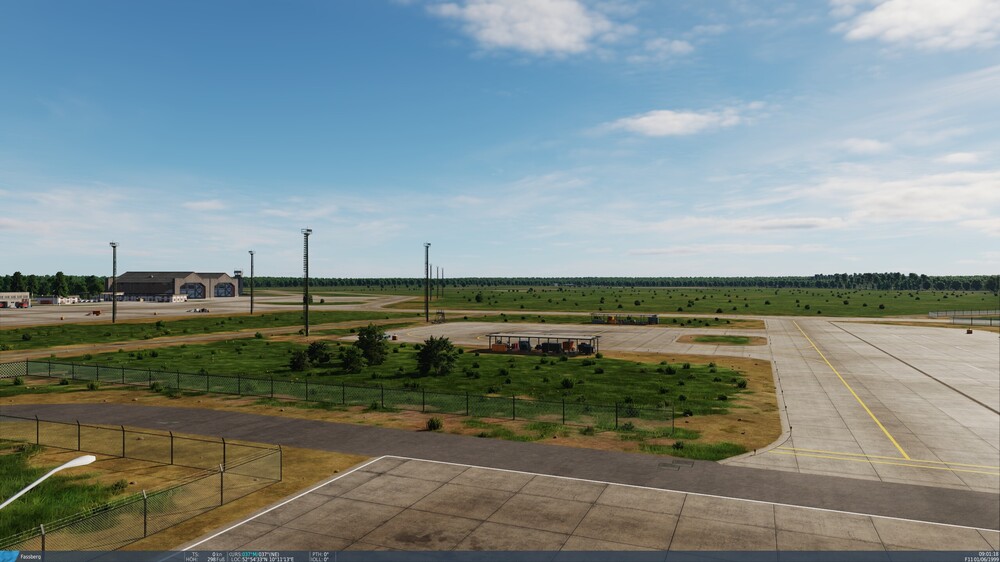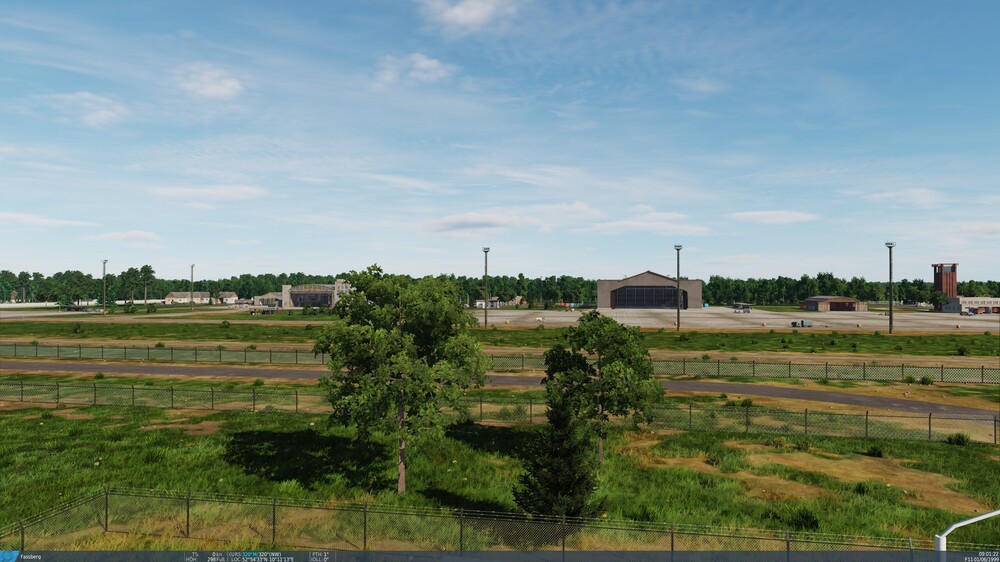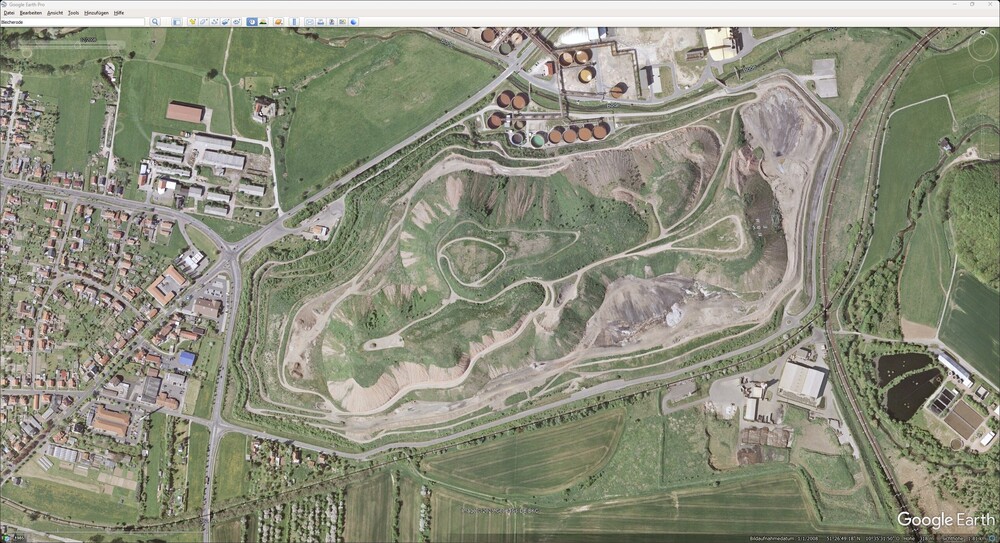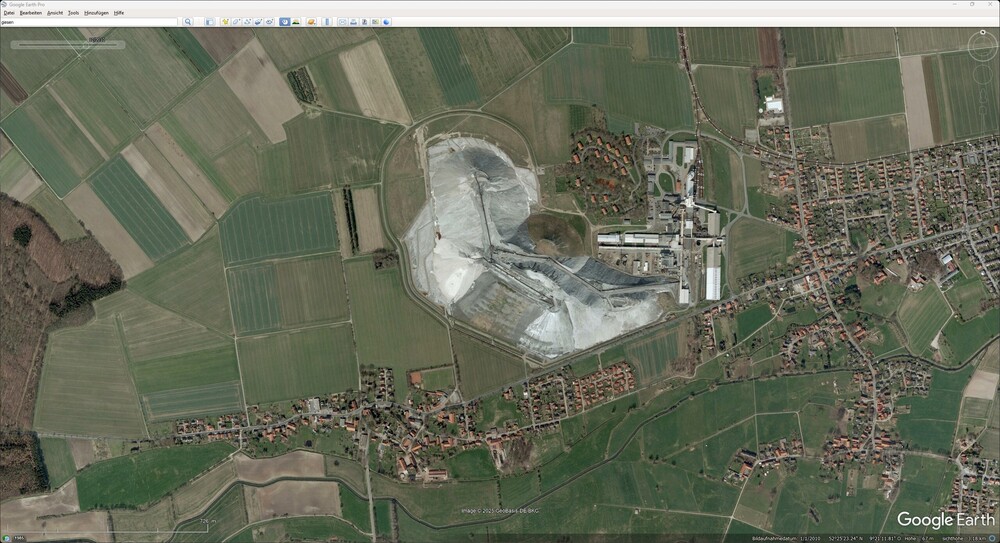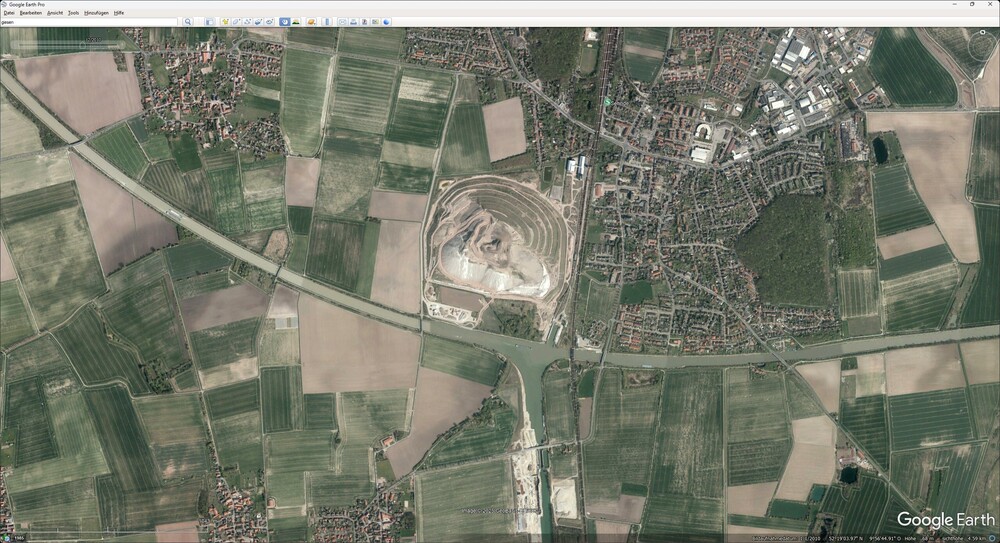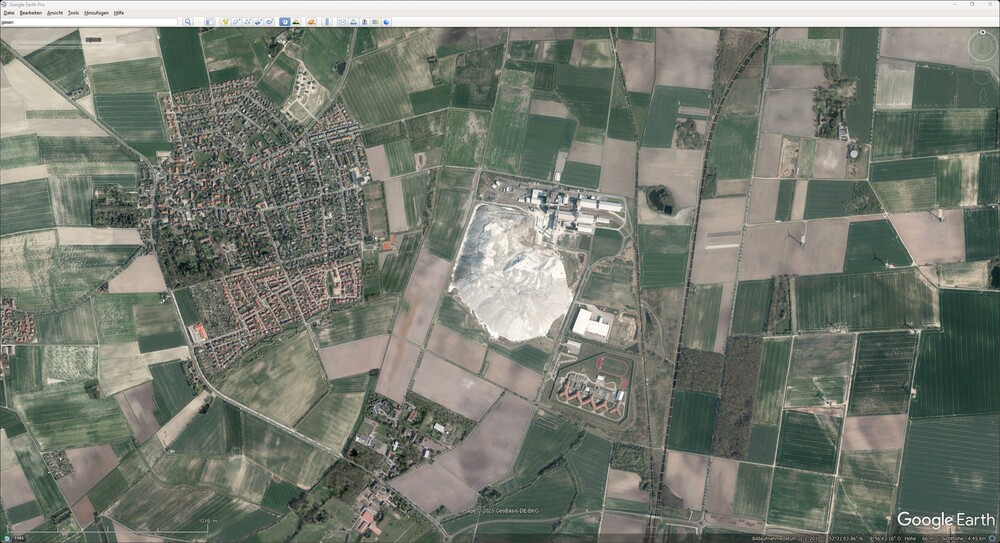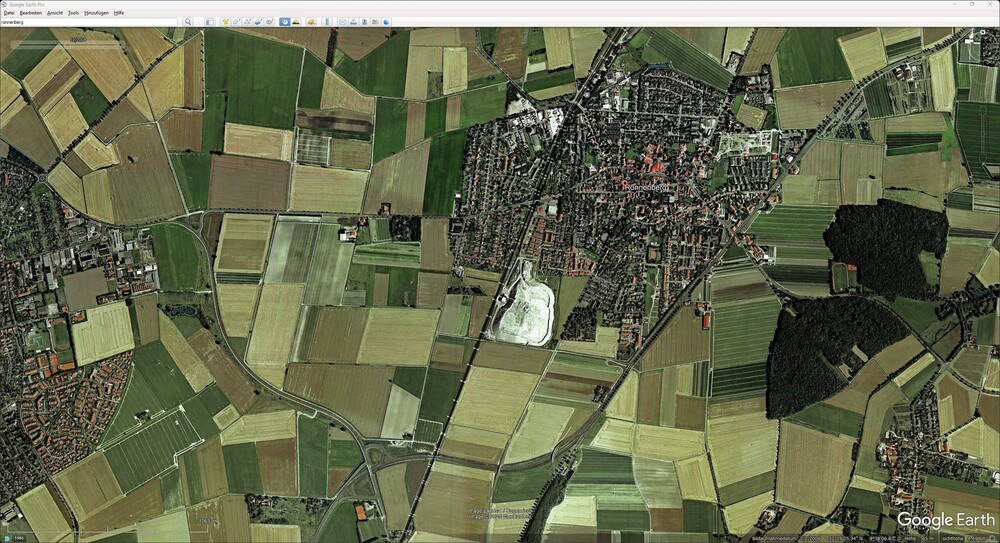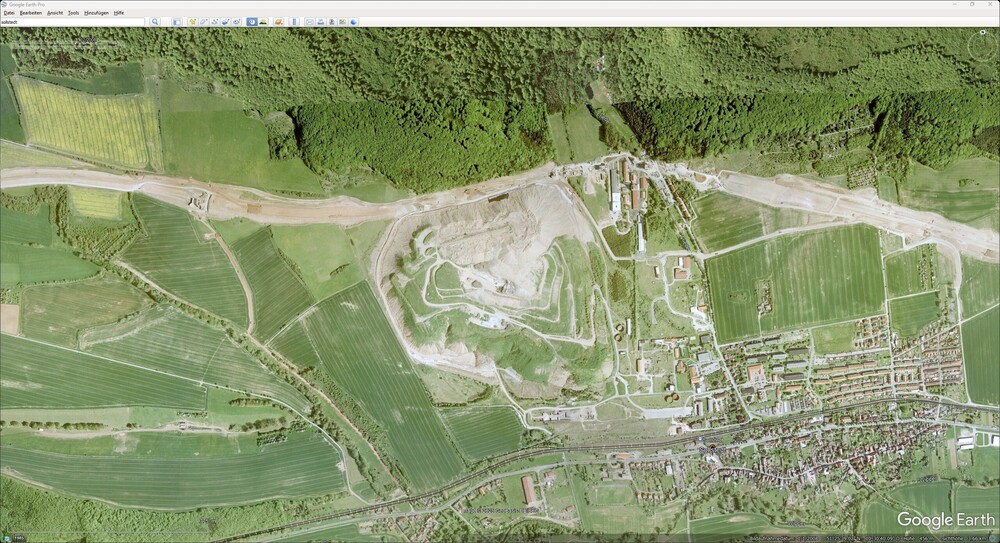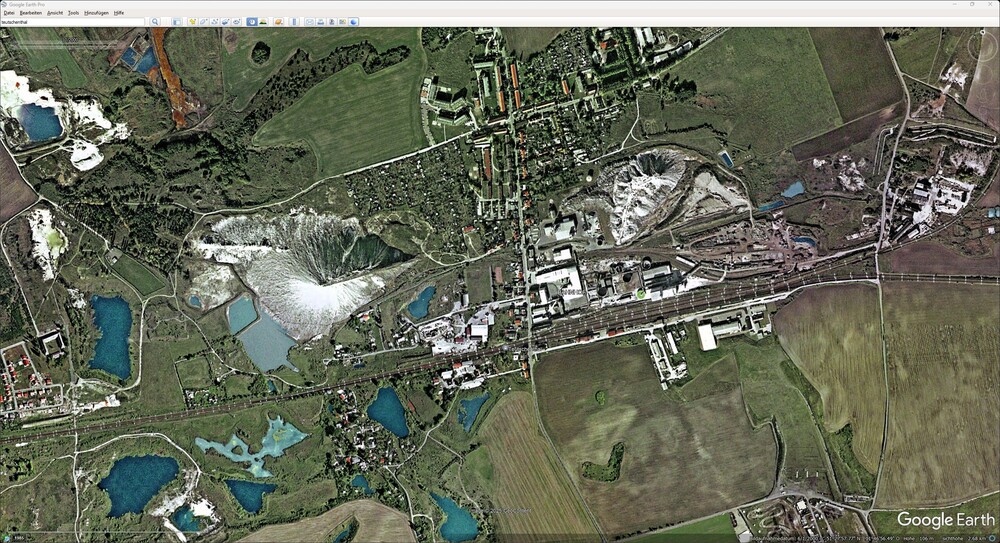-
Posts
160 -
Joined
-
Last visited
About birkenmoped
- Currently Viewing Topic: Mastering your First Phantom Flight
- Birthday 01/01/1973
Personal Information
-
Flight Simulators
DCS, Microsoft Flight Simulator
-
Location
Germany
-
Interests
none
Recent Profile Visitors
6314 profile views
-
It was indeed part of LUTRANS — specifically HLUP B within the Bundeswehr’s Lufttransportkonzept 74. The LUTRANS network defined a chain of Haupt-Luftumschlagpunkte (main air transshipment points) across West Germany — Ahlhorn sat right between Hohn and Köln-Bonn in that system. So those flights weren’t a separate operation; they were integrated NATO/Bundeswehr logistics runs, using aircraft like the Transall C-160 to shuttle materiel and troops between the designated HLUP bases.
-
If Ahlhorn needed a pitch, then that could be it: - The Ahlhorn Air Base was an important part of NATO air logistics, as it served as a transshipment point (HLUP B) Flight route section “Hohn → Ahlhorn → Cologne-Bonn → Stuttgart-Echterdingen → Landsberg” - The stationing of the 81st TFW Detachment with 18x A-10s provided a concrete component of frontline proximity and operational readiness. - HTG 64 provided mobility, training, and rescue capabilities with helicopters Bell UH-1D – just as relevant for alliance operations as for everyday life. - Air defense systems (Flugabwehrraketenbataillon 25 (FlaRakBtl 25) – Stellung Varrelbusch), fuel (NATO pipeline (Line 09 as a branch of Line 05 Bramsche - Oldenburg)) and material infrastructure, and training facilities made the site multifunctional. Overall, Ahlhorn was not just “any military airport,” but a connecting element in NATO's air superiority, mobility, and logistics-oriented strategy in northwestern Germany.
-
birkenmoped started following Phase 1, numerous NDBs frequencies multiplied by 1000 , Discord dcs log analyser , JAMMER usage - Mode 3 -> Mode 1 and 2 others
-
Sadly (as of August 7), it still hasn't been fixed/revised, so it's still unrealistic. I was hoping that deleting incorrect “things” would be way easier and therefore somehow faster. The completely incorrect tower (incorrect in terms of time) has already been mentioned in another thread, so I won't mention it here! (Wink wink). However, I was very pleased to note that, almost regularly, other important things on the map have already been changed/fixed. Thank you, @MAESTR0, for that!
- 1 reply
-
- 1
-

-
Light masts - EDNF (ETHS) Fassberg Now that Bückeburg has already had its light poles/masts removed, I would like to point out the same problem at Fassberg EDNF (ETHS) airfield! None of the light masts on the flightline were actually there (see also video evidence from 1990/91). Here, too, the removal of the light masts would be desirable and, above all, realistic. Greetings birkenmoped
- 1 reply
-
- 4
-

-

-
I didn't try it because all the airfields I was interested in were accessible via the URL display in the WaybackMachine.
-
Not as old as desired, but still over 20 years old, freely accessible via WaybackMachine: DoD FLIP (ENROUTE) SUPPLEMENT EUROPE, NORTH AFRICA AND MIDDLE EAST 6 SEP 2001 Oh, I forgot, no maps but information on airbases, such as dimensions and positions of runways and information on navigation hardware, frequencies, identifiers, positions etc. And a WaybackMachine link to parts (as an example here Bittburg/Spangdahlem) of a DoD FLIP (TERMINAL) VFR ARRIVAL/DEPARTURE ROUTES EUROPE 19 JANUARY 1984 The other airfields/maps can be found, for example, by displaying the list of all URLs of the website on WaybackMachine.
-
Maybe you can fix someone with this partly long-winded, badly edited, blurred and out-of-focus video from 1990/91?
-
Small comment: Only the Bishofferode potash stockpile is present on the map, unvegetated and textured differently. All the other spoil tips shown in the previous post are either overgrown and/or do not appear to have the correct height or do not exist at all. German: Kleine Anmerkung: Nur die Kalihalde Bishofferode ist auf der Karte vorhanden, unbewachsen und andersartig Texturiert. Alle anderen im vorherigen Posting gezeigten Halden sind entweder überwachsen, scheinen nicht die richtige Höhe zu haben oder sind gar nicht vorhanden. Von Kassandro - Eigenes Werk, CC BY-SA 3.0, https://commons.wikimedia.org/w/index.php?curid=11506144
-
They are known as the kings of mining slag heaps, rising up like pyramids and popularly known as “Monte Kali” or “Kalimandscharo”. These imposing slag heaps, which reach heights of up to 250 meters, can be seen from afar thanks to their often bright white, light grey or, more rarely, reddish color. Many of these slag heaps have been or will be extensively renaturalized in the coming decades - some will be partially removed or planted with vegetation - but all the slag heaps listed below were visible in their full glory and unwooded during the Cold War (see also Google Earth images). While potash mining continued in the Federal Republic of Germany, East Germany experienced a wave of closures of many potash mines after reunification. In West Germany, the systematic renaturation of waste rock piles began in the 1980s, but was only implemented on a large scale in the 1990s. The main aims of these measures were to reduce the environmental impact of salt deposits and to integrate the waste tips into the landscape in the long term. Interestingly, many slag heaps that have not (yet) been renaturalized remain completely unvegetated. This is mainly due to the high salt content of the material, which makes plant growth extremely difficult. Salt extracts water from plant cells, so that hardly any vegetation can thrive. In addition, the natural leaching caused by precipitation means that the surrounding soil is also salinated. The steep slopes of many slag heaps also make spontaneous greening practically impossible. Only through targeted renaturation measures - such as the application of a suitable layer of soil - can artificial greening be successfully implemented. Today, the mountain has a different green-yellowish color, as both the base material for the greenery and special protection against wind drifts have been applied. More information and pictures of Germany's potash dumps: https://www.ruhrgebiet-industriekultur.de/kalihalden-in-deutschland/ https://de.wikipedia.org/wiki/Monte_Kali I noticed it during a flight around Wunstorf. A very conspicuous, high and wooded ground elevation with associated industry seemed unnatural in this region, which is known for its flatlands. Those familiar with the area know that such a slag heap should actually be almost dazzlingly white here. Such a striking location that is recognizable from afar could be particularly helpful for visual flights. Perhaps Ugra could make some improvements! German: Der "weisse" Elefant im Raum, oder was sie schon immer über Kalihalden wissen wollten (oder auch nicht). Sie werden Könige der Halden des Bergbaus genannt, pyramidenähnlich erheben sie sich und tragen im Volksmund Namen wie „Monte Kali“ oder „Kalimandscharo“. Diese imposanten Halden, die Höhen von bis zu 250 Metern erreichen, sind durch ihre häufig strahlend weiße, hellgraue oder seltener rötliche Farbe schon von Weitem erkennbar. Viele dieser Halden wurden oder werden in den nächsten Jahrzehnten aufwendig renaturiert – manche werden teilweise abgetragen oder begrünt –, aber alle weiter unten aufgeführten Halden waren im Zeitraum des Kalten Krieges in ihrer vollen Strahlkraft und unbewaldet zu sehen (siehe auch Google Earth Bilder). Während der Kalihalden-Betrieb in der Bundesrepublik Deutschland kontinuierlich fortgesetzt wurde, erlebte Ostdeutschland nach der Wiedervereinigung eine Welle von Schließungen vieler Kalibergwerke. In der BRD begann die systematische Renaturierung von Halden bereits in den 1980er Jahren, wurde aber erst in den 1990er Jahren großflächig umgesetzt. Die Hauptziele dieser Maßnahmen waren die Reduzierung von Umweltbelastungen durch Salzablagerungen und die langfristige Integration der Halden in die Landschaft. Interessanterweise blieben viele Halden, die (noch) nicht renaturiert wurden, völlig unbewachsen. Das liegt vor allem am hohen Salzgehalt des Materials, der Pflanzenwachstum massiv erschwert. Salz entzieht Wasser aus Pflanzenzellen, sodass kaum eine Vegetation gedeihen kann. Zusätzlich führt die natürliche Auswaschung durch Niederschläge dazu, dass das umliegende Erdreich ebenfalls versalzen wird. Auch die steilen Hänge vieler Halden machen eine spontane Begrünung praktisch unmöglich. Erst durch gezielte Renaturierungsmaßnahmen – wie das Auftragen einer geeigneten Erdschicht – kann eine künstliche Begrünung erfolgreich umgesetzt werden. "Heute zeigt sich der Berg in anderen grün-gelblichen Farben, da sowohl Grundmaterial für die Begrünung und spezieller Schutz gegen Windverwehungen aufgebracht wurde." Mehr Informationen und Bilder zu Deutschlands Kalihalden: https://www.ruhrgebiet-industriekultur.de/kalihalden-in-deutschland/ https://de.wikipedia.org/wiki/Monte_Kali Aufgefallen war es mir bei einem Rundflug um Wunstorf. Eine sehr auffällige, hohe und bewaldete Bodenerhebung mit angeschlossener Industrie wirkte in dieser Region, die für ihr Flachland bekannt ist, unnatürlich. Ortskundige wissen, dass eine solche Halde hier eigentlich fast blendend weiß erstrahlen sollte. Gerade für Sichtflug könnte so ein markanter und von weiten erkennbarer Ort hilfreich sein. Vielleicht könnte Ugra da ja nochmal nachbessern?! Halde Bischofferode - Google Earth 12.2008 Halde Bleicherode - Google Earth 10.2000 Halde Bleicherode - Google Earth 12.2008 Halde Bokeloh - Google Earth 12.2010 Halde Friedrichshall - Google Earth 12.2010 Halde Giesen - Google Earth 10.2004 Halde Lehrte - Google Earth 12.2010 Halde Ronnernberg - Google Earth 10.2004 Halde Sollstedt - Google. Earth 10.2000 Halde Sollstedt - Google. Earth 12.2008 Halde Teutschenthal - Google Earth 10.2000 Monte Kali - Google Earth 10.2002 Kalihalden in Deutschland.miz
-
FlaRak-Stellung(en?) - Hawk - 1991
-
A little Fassberg vibes from 1990/1991. Caution, long and uninteresting for the majority of people! But fetishes are individual
-
Define “Neubausiedlungen”? In terms of time? Perhaps also special features of the region, here (in the video) Lower Saxony, more precisely the area around Ahlhorn, Cloppenburg, Wildeshausen, where there are both old town centers and new housing estates.






